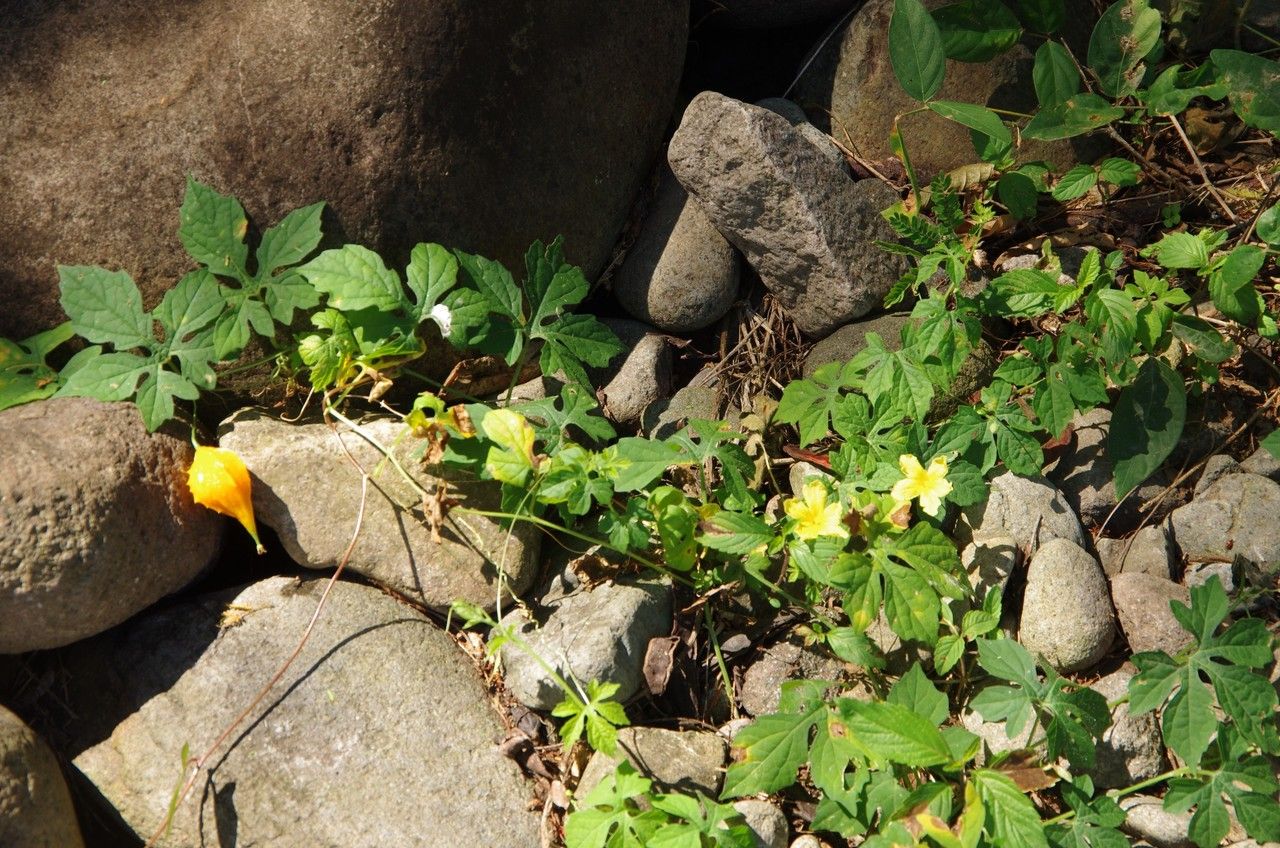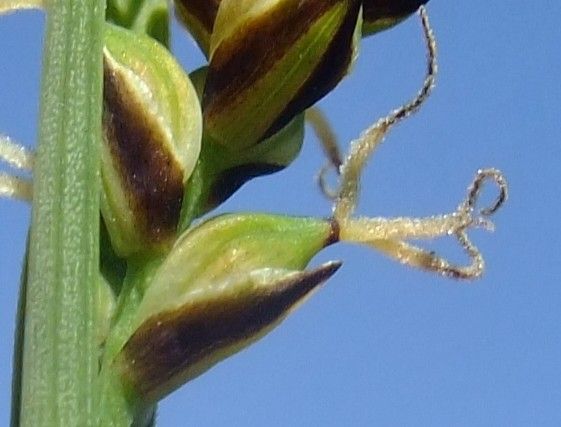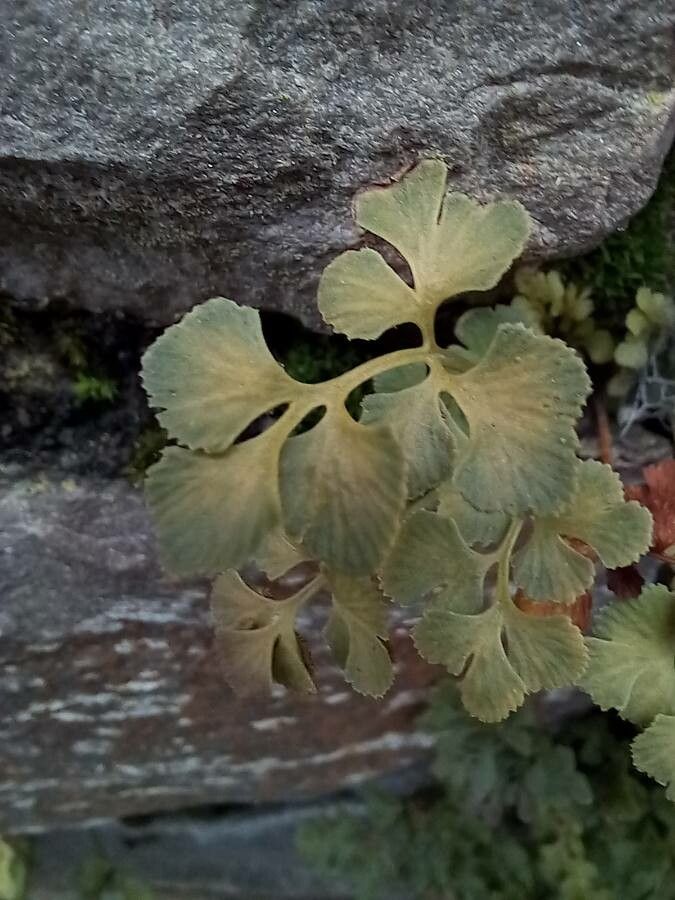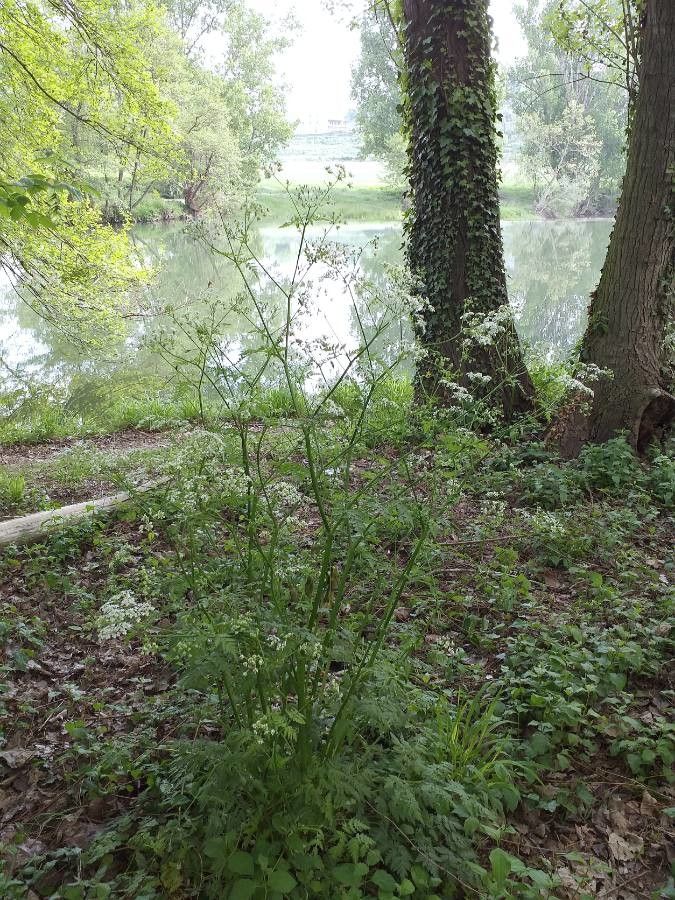# Balsam-apple: A Vibrant Vine with Unique Qualities
The Balsam-apple ( *Momordica balsamina*), a member of the Cucurbitaceae family (the same family as cucumbers and melons), is a captivating annual vine known for its striking features and interesting properties. This fast-growing plant, native to tropical regions of Africa and Asia, is a favorite among gardeners seeking a touch of the exotic. Its rapid growth habit, coupled with its unusual fruit and vibrant foliage, makes it a standout in any garden setting.
### Habitat and Growth
Balsam-apple thrives in warm, tropical climates. It requires full sun to partial shade, ideally receiving at least six hours of sunlight daily. As a climbing vine, it needs support to reach its full potential, readily scaling fences, trellises, or other structures. In ideal conditions, it can reach lengths of 6-10 feet or more.
### Soil Needs
Well-drained soil is crucial for healthy balsam-apple growth. The soil should be rich in organic matter and maintain a consistently moist but not soggy condition. Avoid poorly draining soils, which can lead to root rot. A slightly acidic to neutral pH is preferred.
### Propagation and Planting
Balsam-apple is easily propagated from seed. Seeds can be sown directly outdoors after the last frost, or started indoors several weeks before the last frost for an earlier harvest. Plant seeds about ½ inch deep and space them approximately 12-18 inches apart. Regular watering is essential, especially during dry periods. Consistent moisture encourages robust growth and abundant fruit production.
### Care and Maintenance
While relatively low-maintenance, balsam-apple benefits from regular care. Water deeply and regularly, particularly during hot and dry spells. Fertilizing with a balanced, slow-release fertilizer can promote vigorous growth. Deadheading spent flowers can encourage continued flowering and fruiting. Pest and disease issues are generally minimal, but monitoring for common garden pests like aphids or spider mites is advisable.
### The Unique Fruit of the Balsam-Apple
The balsam-apple’s fruit is perhaps its most distinctive feature. The young fruits are often green with bumpy warty protrusions, gradually turning orange or reddish-brown as they mature. The mature fruit spontaneously splits open, revealing bright red arils surrounding the seeds. While the fruit itself isn’t typically eaten, it has been used in traditional medicine and possesses interesting medicinal properties, though caution should be exercised and professional guidance sought before considering its use. The seeds, too, should not be ingested.
### Uses and Applications
Beyond its ornamental value, balsam-apple has found uses in traditional medicine, where extracts have been employed for various purposes. However, it's critical to emphasize that scientific evidence supporting these uses is limited. It is primarily grown as an ornamental plant for its attractive foliage, vibrant flowers and the fascinating display of its fruit.
### Conclusion
The Balsam-apple, with its rapid growth, striking features, and intriguing history, offers a unique addition to any garden. By understanding its needs and providing appropriate care, gardeners can enjoy the beauty and fascination of this remarkable plant.
Balsam-apple: Growing Guide & Care Tips

Frequently Asked Questions
How to grow balsam-apple from seed?
Sow seeds directly outdoors after the last frost, or start indoors several weeks prior. Plant seeds about ½ inch deep and space them 12-18 inches apart. Ensure consistent moisture.
What are the best soil conditions for balsam-apple?
Balsam-apple thrives in well-drained soil rich in organic matter. A slightly acidic to neutral pH is ideal. Avoid poorly draining soils to prevent root rot.


